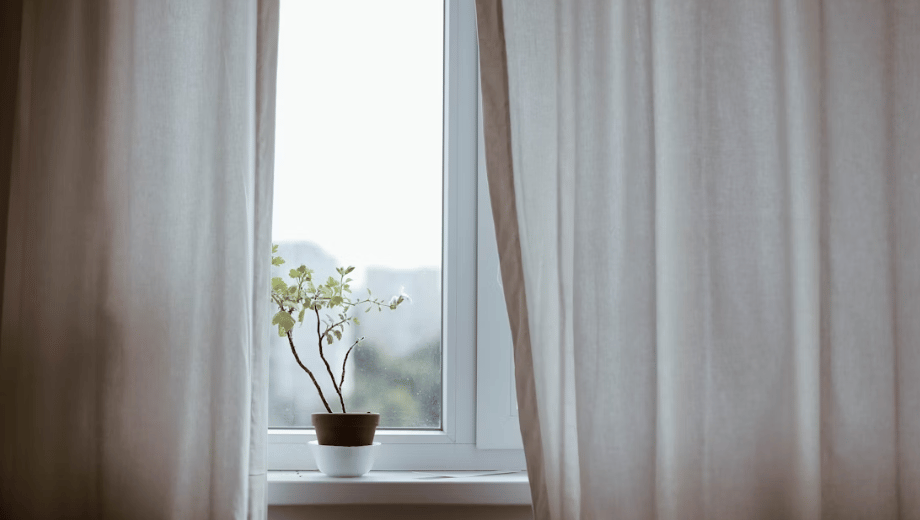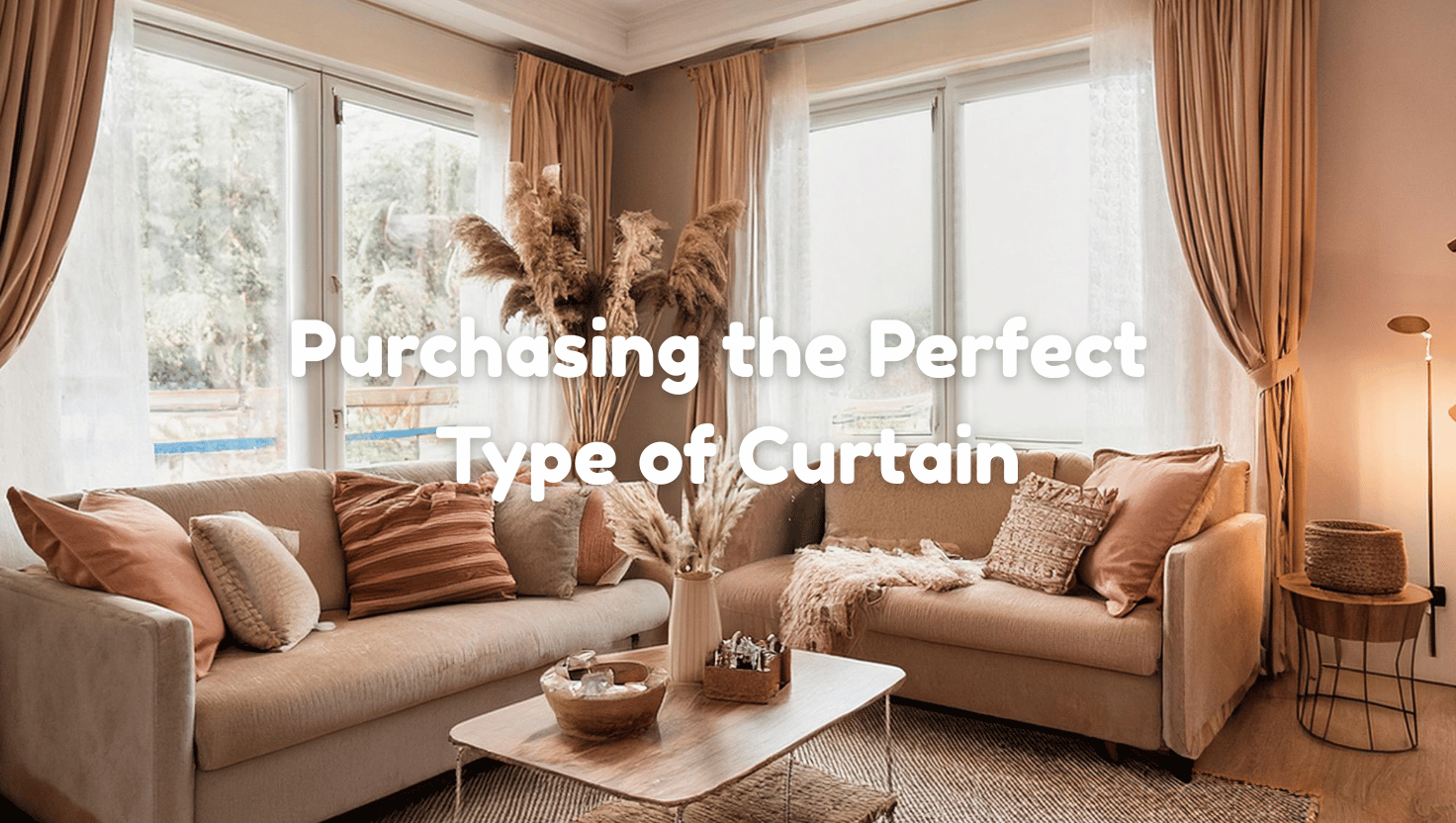Curtains shape the mood of a room more than many people realize. They control how much daylight enters, add privacy, and complete the character of a space. Choosing the right style, fabric, and design is a decision that affects both function and appearance. With the wide range of options available, from decorative drapes to practical solutions, the process can feel overwhelming. This guide is designed to simplify the decision-making process by exploring different curtain types, their uses, and how to match them to your needs.
Understanding Functional Curtains
Some curtain types go beyond decoration and serve highly practical roles. A clear example is cubicle curtains, commonly used in hospitals, clinics, and even office spaces that require temporary separation. These curtains are made from durable fabrics and often feature antimicrobial properties to maintain hygiene. They provide privacy without creating a permanent barrier, making them both flexible and functional. If you want to look at different options, you can go here, to find various designs that balance utility with visual appeal. For environments where practicality is as critical as style, cubicle curtains stand out as a dependable choice.
Choosing Curtains for Light Control
One of the most common reasons for selecting curtains is the ability to regulate natural light. Blackout curtains are a favored option for bedrooms, nurseries, and home theaters where darkness is preferred. They block external light completely, allowing uninterrupted rest or viewing experiences. On the other end of the spectrum, sheer curtains filter sunlight gently without obscuring views, creating a soft, airy feel in living spaces. Layering these two types offers flexibility by combining full darkness when needed with filtered daylight during other times. By understanding how each type influences a room’s brightness, you can match curtains to your lifestyle with greater precision.
Fabric and Texture Selection
The fabric of a curtain defines not just its look but its performance. Heavy materials such as velvet or brocade bring warmth and sophistication, while cotton and linen lean toward a more casual, breathable aesthetic. Silk exudes luxury but requires careful upkeep, making it more suitable for formal spaces where wear and tear are minimal. Textured fabrics like jacquard or embroidered weaves add depth and character, turning the curtain into a focal point. Choosing the right material depends on the desired balance between appearance, maintenance, and longevity.
Curtains for Temperature and Energy Control
Curtains play a role in maintaining indoor comfort by insulating against heat or cold. Thermal curtains are crafted with multiple layers that help trap warmth during colder months and reduce heat penetration in summer. This can ease the burden on heating and cooling systems, reducing energy costs. Lined curtains provide an added layer of insulation, often combined with decorative fabrics for a more stylish presentation. Lightweight unlined curtains may suffice in mild climates, but for homes in regions with more extreme weather, insulated options offer both comfort and practicality.
Decorative Styles and Aesthetic Choices
Beyond their functional roles, curtains serve as a design element that ties together a room’s overall theme. Traditional drapes with pleated headings lend a formal atmosphere, whereas eyelet or grommet curtains provide a more contemporary touch with their clean lines. Patterned fabrics can introduce character and break monotony, while solid colors help maintain harmony with other décor. Length and drape also contribute to the look: floor-length curtains exude elegance, café-style curtains add charm to kitchens, and puddled curtains bring drama to formal living areas. Matching curtains with the furniture and color palette creates cohesion that elevates a room’s appeal.

Tailoring Curtains to Room-Specific Needs
Every room in a home has distinct requirements when it comes to curtains. Bedrooms benefit from blackout or layered options that promote better rest. Living rooms often require a blend of decorative appeal and light control, making sheer and lined curtains an attractive combination. Kitchens call for shorter styles that are easy to clean and less likely to pick up stains. Bathrooms, when equipped with windows, require moisture-resistant fabrics that still provide privacy. Workspaces might benefit from lightweight curtains that reduce glare without darkening the room excessively. Matching curtain function to the activity of the space creates a balanced atmosphere that aligns with everyday life.
Curtains are more than simple window coverings; they shape the way a room feels and functions. From cubicle curtains designed for privacy in shared or clinical spaces to decorative drapes that transform a home’s ambiance, every type serves a purpose. Choosing wisely involves considering light control, insulation, fabric choice, decorative style, and the unique needs of each room. A thoughtful selection ensures curtains not only look appealing but also contribute comfort and practicality. By treating the process as both an aesthetic and functional decision, you can find the perfect type of curtain to meet your needs.




